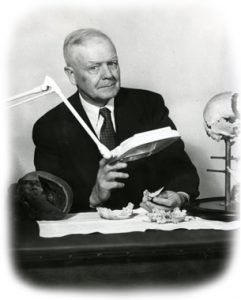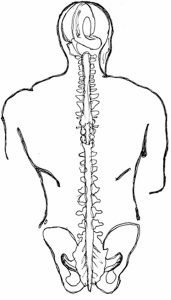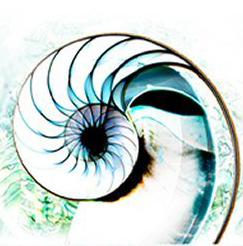what is Craniosacral Therapy?
Craniosacral therapy is a gentle, subtle yet profound therapy that helps re-connect the body to its self-healing potential.
In our daily lives, we go through different forms of stress, whether we suffer from a long time physical or emotional injury or disease, we often underestimate how much it affects our physical well-being. Under pressure, we function in “fight or flight” mode causing our entire system to contract, our digestive system to shut down as we struggle to think clearly. These symptoms and some other may be the expression of daily pressure as much as traumas (old or new) or sickness trapped within our bodies and cells resulting in discomfort, pain, sometimes dissociation. Craniosacral therapy is wonderful in helping our entire body and nervous system to slow down and re-set itself.
Craniosacral is a hands-on therapy that allows an experience of deep relaxation and inner stillness. In this deep relaxed state, the body releases tensions and traumas at its own pace and its own priorities. With this sense of deep listening and safety, the body’s innate healing potential has the space and opportunity to emerge and restore. Changes, such as release of tension, a sense of lightness and wholeness, may occur in the physical and emotional body, in the mind and spirit during and after the sessions.
Because it is so gentle and non-invasive, babies and children often respond really well to Craniosacral Therapy.
Some of the conditions that may respond well to Craniosacral therapy include:
stress
anxiety
fatigue
headaches & migraines
poor digestion
back & neck pain
birth trauma
bone & joint problems
depression
sleeping problems
post dental trauma
tinnitus
visual disturbances
emotional issues
support following surgeries
and more…

What is the origin of Craniosacral therapy?
Craniosacral therapy originates from osteopathy. At the beginning of the last century, Dr William Garner Sutherland, a student of osteopathy noticed how the bones of the head (cranium) moved. He had the revolutionary intuition that they ‘breathed ‘ and moved like the gills of a fish. He also perceived a slow, deep, rhythmic impulse, like a wave or tide that moves through the body, including the cerebrospinal fluid in the vertebral column and around the brain. This movement, he believed, is an expression of a sacred presence in the universe, which he called the Breath of Life.
Why is it called Craniosacral therapy?
Cranio refers to the head and sacral to the sacrum. The cerebrospinal fluid is produced in the brain and circulates in and around it, then flows all the way to the sacrum along the spine. It is like the sap of a tree. Cerebrospinal fluid plays a significant role in the treatment, it guides us in tuning into the Breath of Life and acts as a vehicle for the Breath of Life’s potency. It is like reading the pulse of the body. Here, by tuning into the cerebrospinal fluid, we connect with the Breath of Life’s pulse.
The name is often misleading, and people think it only refers to the head, but Craniosacral therapy works with the whole body at a physical, emotional and sometimes even spiritual level.
What is the Breath of Life?
Life on this planet has been shaped by the long, slow spiralling movements of water. We may say that we are living beings held in fields of energy suspended within other fields of energy vibrating at different frequencies. At the centre of those spiralling movements and these vibrations, is stillness. The breath of life, or Qi or Chi (in Chinese culture) or Prana (in Hindu philosophy), seems to arise out of the depth of stillness and generates fundamental ordering and healing forces from birth throughout life. It is also through these forces that we come to life.
The Breath of Life is perceived to have potency, it is also referred to as “liquid light”, it stems from stillness and expresses breathing into different tempos, called tides. Similar to lung respiration, with inhalations and exhalations, however deeper and much slower, is primary respiration – the Breath of Life’s expression.
Primary respiration’s tempos are called tides and they express by expansion, in inhalation, and contraction, in exhalation.
When the entire body from the cells, tissues, muscles, organs, bones…etc. inhale and exhale, the body reconnects with the Breath of Life, with the true self, thus bringing a sense of wholeness and fundamental well-being, like coming home.



